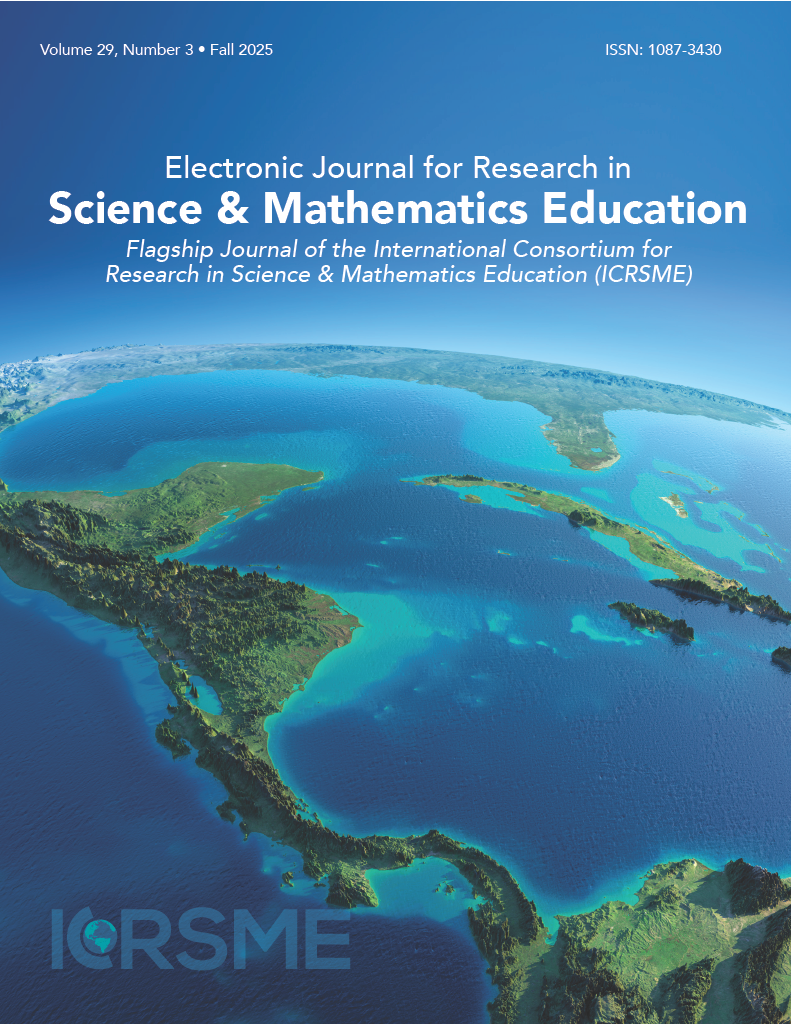Elementary Science Teacher Candidates’ Noticing and Interpretation of Student Sensemaking in the Context of Classroom-Level Phenomenon-Based Assessments Elementary Science Teacher Candidates’ Noticing and Interpretation of Student Sensemaking
Main Article Content
Abstract
This study examined elementary science teacher candidates’ (TCs’) ability to notice and interpret students’ sensemaking and science ideas by analyzing written responses to classroom-based assessments implemented at the end of mini-units during their field placements. TCs were enrolled in a 16-week science methods course at a Midwestern university committed to preparing teachers for three-dimensional instruction, as outlined in the Framework for K–12 Science Education (National Research Council, 2012). As part of this broader focus on three-dimensional instruction, TCs also engaged in learning opportunities to design and implement classroom-based assessments grounded in real-world phenomena. These assessments varied in how strongly they were anchored in phenomena, providing a range of contexts for evaluating student thinking. After enacting their assessments, TCs collected and analyzed students’ written responses to identify and interpret instances of sensemaking—defined as the process through which students figure out how or why something happens by articulating ideas, using evidence, and reasoning through science concepts (Odden & Russ, 2019). Using Kang and Anderson’s (2015) framework of teacher noticing and responding, we examined how TCs made sense of student thinking. Findings indicate a clear connection between assessment design and noticing when assessments more effectively leveraged phenomena to elicit reasoning, TCs were more attuned to identifying and interpreting student sensemaking. This study underscores the importance of integrating assessment design with the teaching of three-dimensional instruction in teacher preparation programs.
Article Details
© 2025 Electronic Journal for Research in Science & Mathematics Education (EJRSME)
